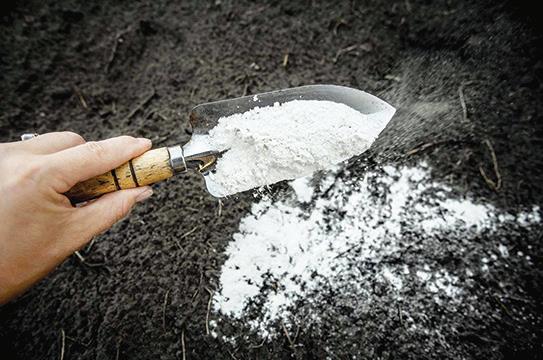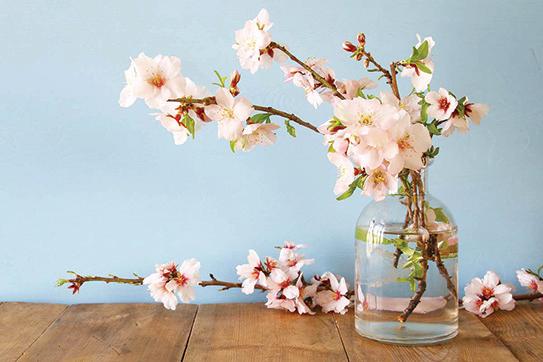
1 minute read
Tidewater Gardening
in February, you can lime the lawn and garden if you didn’t get to it last fall. Apply the correct amount of lime based on your soil test results. If the ground dries out a bit, you can still take soil samples and send them to a commercial soil test lab, though the results will be a little slower getting back to you because of testing backup this time of year.

In the January “Tidewater Gardening” article, I briefly mentioned the Maryland state flower,

Full Service Tree Company


Tidewater Gardening
the Black-Eyed Susan. Well, The 2023 PERENNIAL PLANT OF THE YEAR® Award from the Perennial Plant Association goes to Rudbeckia ‘American Gold Rush’ PP28498 Black-Eyed Susan. According to the Perennial Plant Association, “‘American Gold Rush’ is a stunning focal point in perennial borders and meadows and is brilliant when massed in public or corporate landscapes.
Butterflies caper over the blooms and songbirds feast on the plentiful seed long after the flowers have passed ~ the seedheads provide winter interest too. Garden companions are many, including alliums, asters, sages, and native grasses such as little bluestem (Schizachyrium scoparium) and prairie dropseed (Sporobolus heterolepis).”
‘American Gold Rush’ is a compact plant that grows 22–27 inches tall with a width of up to 40 inches. It produces a prolific number of 3-inch yellow flowers and is resistant to “Septoria leaf spot ~ a debilitating fungal disease that causes unsightly black spotting and premature seasonal decline on some black-eyed Susans.”
In addition to being named the 2023 Perennial Plant of the Year®, ‘American Gold Rush’ was a 2020 All American Selection (AAS) National Winner, and the National Garden Bureau has named 2023



Tidewater Gardening
the Year of Rudbeckia in its perennial class. Kind of like a plant trifecta. Be a proud Marylander and plant ‘American Gold Rush’ in your perennial flower bed this year.
February weather can be pretty gloomy and somber. How would you like to get a jump in spring? You can brighten your winter home by forcing a number of springblooming shrub branches. Generally, it takes two or three weeks to bring to blossom such items as pussy willow, forsythia, Japanese quince, flowering almond, azalea, magnolia, European birch and red maple. Cut some of these flowering branches and bring them inside.

Keep them in a cool area and they will flower out. Happy Gardening!!
Marc Teffeau retired as Director of Research and Regulatory Affairs at the American Nursery and Landscape Association in Washington, D.C. He now lives in Georgia with his wife, Linda.















